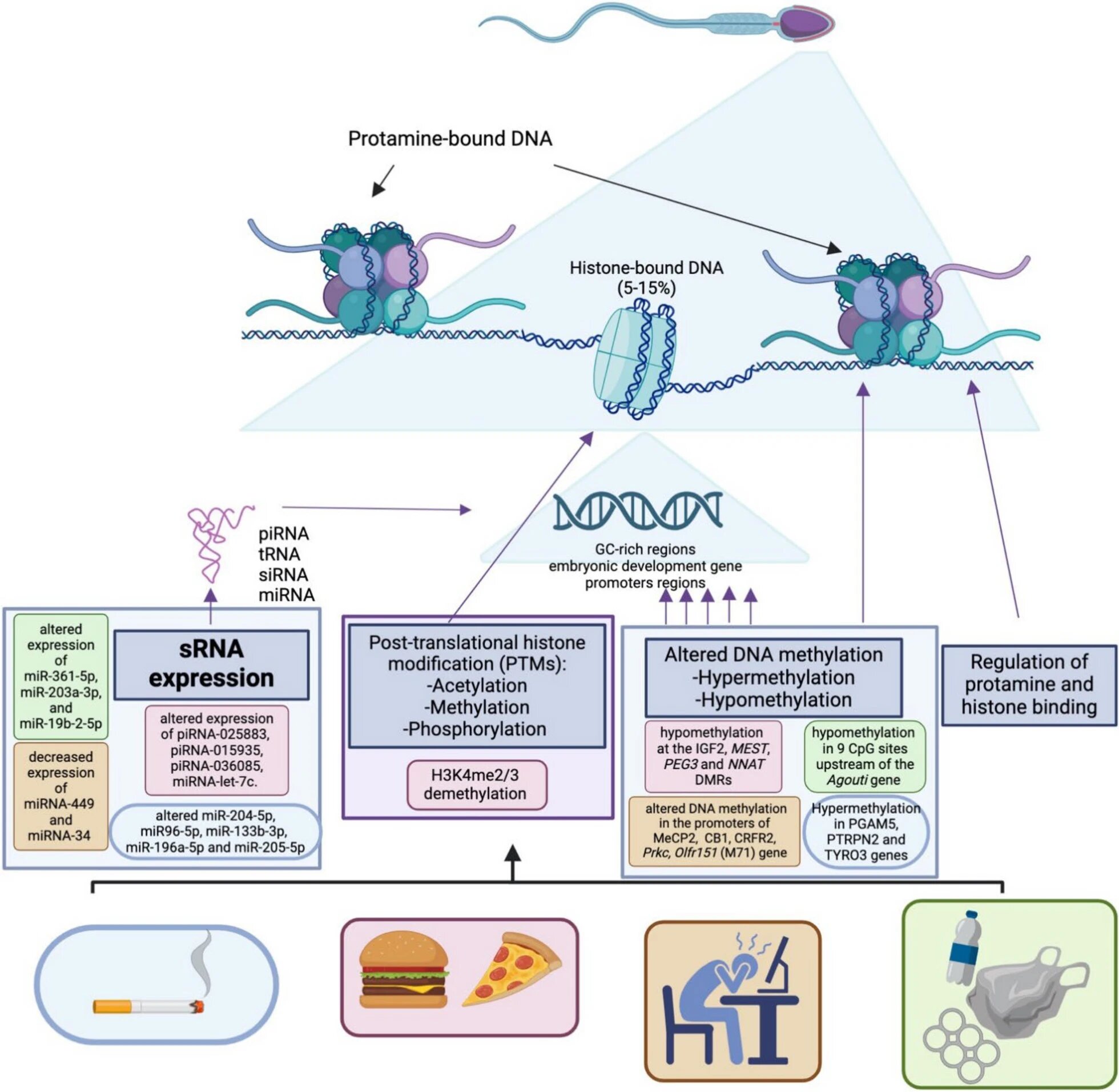While living in a fast-paced world where the hustle does come with a few perks, it mostly comes with a number of cons. One of those cons is relying on fast food in this fast-living era.
Now, most fast foods actually are nothing but ultra-processed and packaged foods. However, the U.S. Food and Drug Administration (FDA) has recently updated the nutritional requirements a food must meet to use the claim “healthy” on the package, to help consumers build nutritious diets.
What is packaged food?
Packaged food is food that is sold in a container, such as a box, bottle, can, or bag, and is ready to eat. Canned food, bottled water, candies, hot meals, and ready meals are some examples of packaged food. They mostly are shelf-stable, refrigerated, and frozen. Packaged food has several categories, like – baby food, dairy, condiments, pasta, rice, and more.

Packaged food is protected from damage, contamination, and decay during transport, storage, and sale. Without proper protection, food’s shelf life is shortened, and freshness and product loss increase.
What does the FDA say?
According to the Dietary Guidelines for Americans, 2020-2025, more than 80% of people in the U.S. are averse to eating enough vegetables, fruit, dairy, and seafood. Moreover, most people have resorted to consuming too much saturated fat, sodium, and added sugars.
Now, these dietary patterns can increase the risk of chronic diseases such as heart disease, type 2 diabetes, certain cancers, and obesity. Racial and ethnic minority groups, those with lower socioeconomic status, and those living in rural areas, and other underserved communities disproportionately experience these diet-related chronic diseases compared to the overall population.
To help consumers identify foods that are particularly useful in building healthy dietary patterns, the FDA has updated the definition of the ‘healthy’ nutrient content claim, which includes criteria a food must meet to use the ‘healthy’ claim on the package.
The FDA also is exploring the development of a symbol to represent the claim ‘healthy’ to make it easier to spot foods that can be the foundation of healthy eating patterns.

What’s the ‘update’?
The last time ‘healthy’ was defined on packaging was in the 1990s.
Based on the nutrition science and federal dietary guidelines at that time, the definition was solely focused on individual nutrients; for example, it included limits for saturated fat, total fat, cholesterol, and sodium and required a certain amount of beneficial nutrients like certain vitamins, minerals, fiber, and protein.
Today, we have a greater understanding of dietary patterns and their effects on health, and we recognize that foods are made up of a variety of nutrients that work together as part of a healthy dietary pattern. To be consistent with the latest nutrition science and federal dietary guidelines the updated definition of ‘healthy’ requires these few criteria:
A food must contain a certain amount of a food group like fruits, vegetables, grains, protein foods, or dairy.
A food can’t contain too much saturated fat, sodium, or added sugars.
How does the ‘healthy’ quotient factor in?

Placing a ‘healthy’ claim on a food package cannot be an empty claim!
If the food manufacturers choose to do it, their products must have the nutrient content required by the ‘healthy’ definition. Manufacturers who choose to use the ‘healthy’ claim, should use the new criteria starting on February 25, 2025.
Below are some examples of what qualifies to use the ‘healthy’ claim under the updated definition:
Nuts and seeds, olive oils, higher-fat fish, like salmon, and eggs would qualify as healthy because of their nutrient profile. They didn’t qualify under the previous definition.
Water. While water isn’t part of a food group, it is considered an optimal beverage by the Dietary Guidelines.
Below are some examples of what no longer qualifies to use the ‘healthy’ claim under the updated definition:
Fortified white bread, highly sweetened yogurt, highly sweetened cereal.
Is packaged food healthy?
Not all packaged foods are unhealthy, but many are high in calories, saturated fat, salt, and sugar, which can be harmful to your health. Diets high in ultra-processed foods have been linked to an increased risk of health conditions like, obesity, type 2 diabetes, heart disease, anxiety, hypertension, and certain cancers even.


